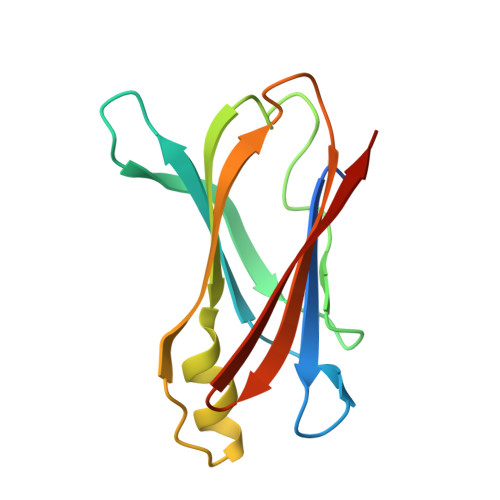Hydroxylated polychlorinated biphenyls selectively bind transthyretin in blood and inhibit amyloidogenesis: rationalizing rodent PCB toxicity
Purkey, H.E., Palaninathan, S.K., Kent, K.C., Smith, C., Safe, S.H., Sacchettini, J.C., Kelly, J.W.(2004) Chem Biol 11: 1719-1728
- PubMed: 15610856
- DOI: https://doi.org/10.1016/j.chembiol.2004.10.009
- Primary Citation of Related Structures:
2G5U, 2G9K, 2GAB - PubMed Abstract:
Polychlorinated biphenyls (PCBs) and their hydroxylated metabolites (OH-PCBs) are known to bind to transthyretin (TTR) in vitro, possibly explaining their bioaccumulation, rodent toxicity, and presumed human toxicity. Herein, we show that several OH-PCBs bind selectively to TTR in blood plasma; however, only one of the PCBs tested binds TTR in plasma. Some of the OH-PCBs displace thyroid hormone (T4) from TTR, rationalizing the toxicity observed in rodents, where TTR is the major T4 transporter. Thyroid binding globulin and albumin are the major T4 carriers in humans, making it unlikely that enough T4 could be displaced from TTR to be toxic. OH-PCBs are excellent TTR amyloidogenesis inhibitors in vitro because they bind to the TTR tetramer, imparting kinetic stability under amyloidogenic denaturing conditions. Four OH-PCB/TTR cocrystal structures provide further insight into inhibitor binding interactions.
Organizational Affiliation:
Department of Chemistry and The Skaggs Institute for Chemical Biology, The Scripps Research Institute, La Jolla, California 92037, USA.

















